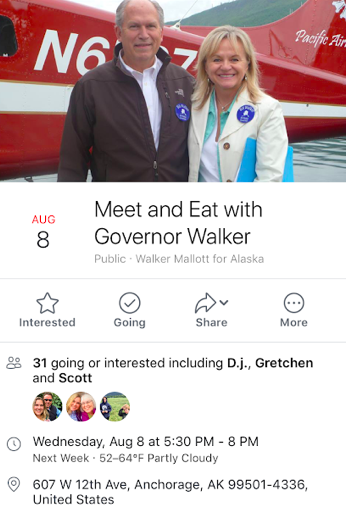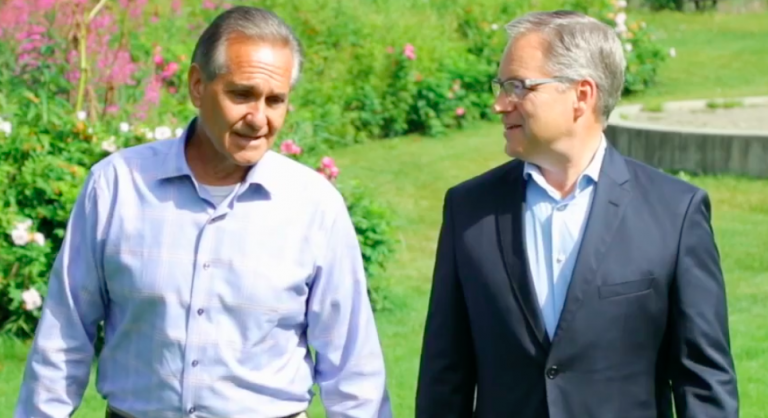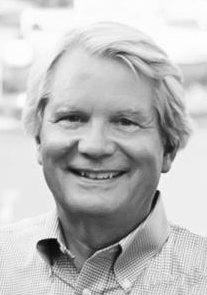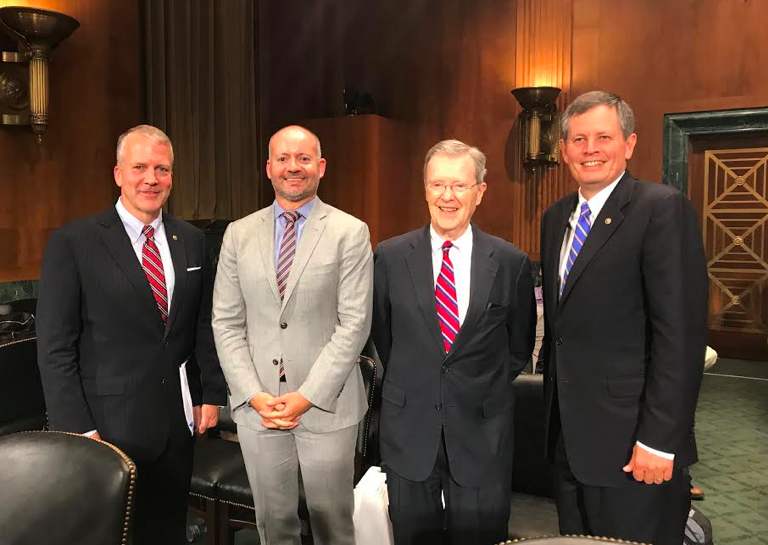By WIN GRUENING
SENIOR CONTRIBUTOR
Recently, in a conversation with a friend, the subject of cell phones came up.
Most of us take these gadgets for granted but know very little about them. Their use is so widespread, we find it strange when encountering someone who doesn’t own one.
Think about it for a second. You know how to operate a cell phone and would be lost without it. But do you know how and where they are made? What industries are supported by their manufacture? What impact they have on our economy?
As an op-ed writer, I’m always on the look-out for subject matter – especially subjects that aren’t being talked about.
Why this topic interested me is a case in point. More on that later.
Obviously, current events comprise the main source of most op-eds today.
Likely subjects are ones in which the author has an interest and, perhaps, experience. After a career in banking, my columns often tackle the economic, financial or budgetary perspectives of local issues.
My background in the military and aviation along with an interest in history – particularly Alaska and U. S. history – has guided other columns.
But, sometimes, it’s fun to branch out.
A good opinion piece should do more than present a point of view. It can educate the reader (and the writer) on a subject and provide a different perspective on a related issue.
Which brings me back to cellphones.
Because of the high cost of communication infrastructure in third-world countries and remote areas of the country, telephone technology has skipped a generation of people who don’t even know what a “landline” is.
Over 7 billion cell phones are in use today – led by China (1.3 billion), India (1.2 billion), and the U.S. (327 million). Last year, over 1.5 billion cell phones were sold globally – mostly manufactured in India, China, and Vietnam.
It’s big business.
A cell phone is made from a variety of materials, with the most common being aluminum alloys and plastic – found in the phone case. Lithium, cobalt, and manganese are contained in the batteries. Elements like gold, copper and silver are used in the wiring of the phone.
The microphone and speaker of the phone both use magnets, which contain gallium and neodymium. Gallium is a by-product of mining and the processing of aluminum, zinc and copper. China produces 80 percent of the world’s gallium and 90 percent of the world’s supply of rare-earth minerals – neodymium being one of them.
Obviously, the mining industry is critical to the production of cellphones. But that isn’t where it ends.
The infrastructure to support cell phones, especially in Alaska, is complex and enormous. There are hundreds of cell towers located throughout our state. In many remote communities, cell phones are the only way to communicate long-distance.
Every cell tower requires periodic maintenance, technical service and a constant, reliable source of electricity. Outside most urban areas of Alaska, that means using diesel generators – for which fuel needs to be transported in regularly by helicopter.
By now, you probably know where I’m going with this.
Thousands of everyday products use petroleum products and mined metals. From plastics, paint, cosmetics, bug dope, and tires to phones, laptops and complex space-age devices.
It’s easy and commonplace to trash the mining and oil industries.
It’s also easy to take cell phones for granted but reject the tradeoffs required to produce them and keep them connected.
America’s environmental regulations are clearly superior to most countries where mining and oil exploration occurs. Furthermore, there is concern America could potentially be held hostage by China and others that control rare-earth metals, minerals, and oil that are critical to America’s economy and security.
Objections to oil exploration in ANWR or existing mine expansions at nearby Greens Creek Mine and Kensington mine, as well as potential Alaska mining projects, like the Herbert River prospect near Juneau, are short-sighted. These projects would stimulate our economy, reduce dependence on foreign oil and minerals, as well as improve global environmental quality.
I wonder how many other products we use every day depend on resources available in Alaska – the continued development of which could further strengthen our economy?
That might be worth knowing.
Win Gruening retired as the senior vice president in charge of business banking for Key Bank in 2012. He was born and raised in Juneau and graduated from the U.S. Air Force Academy in 1970. He is active in community affairs as a 30-plus year member of Juneau Downtown Rotary Club and has been involved in various local and statewide organizations.









